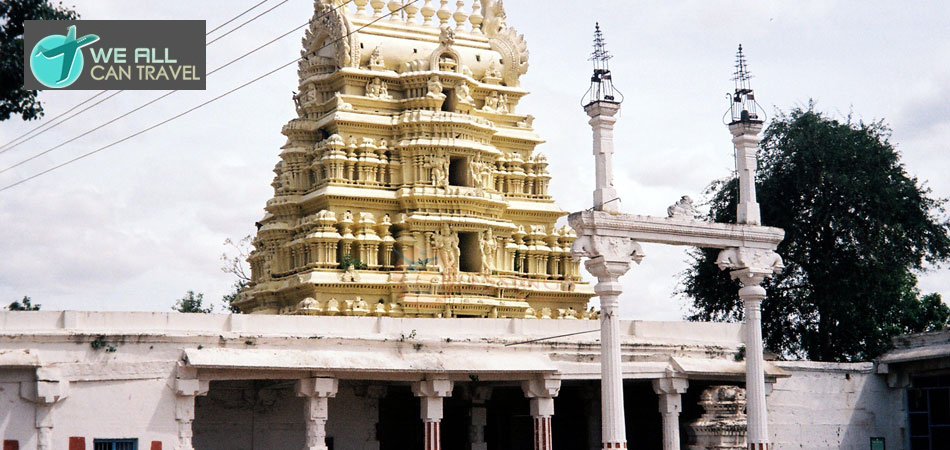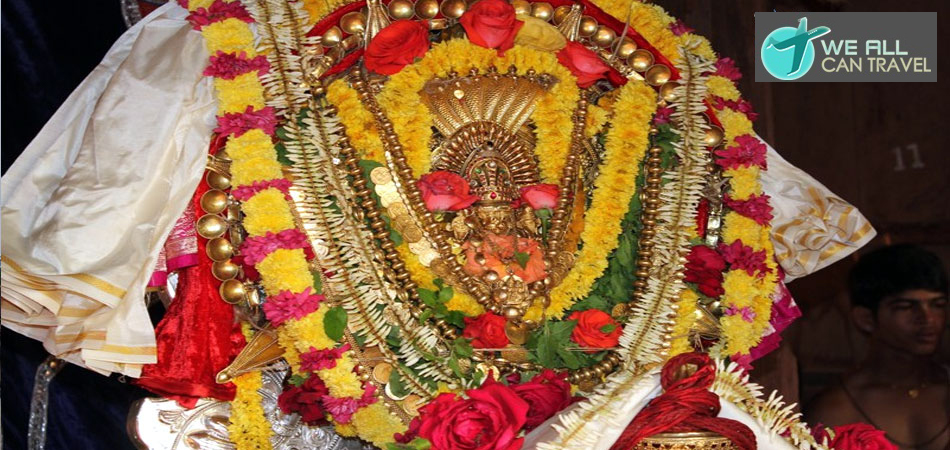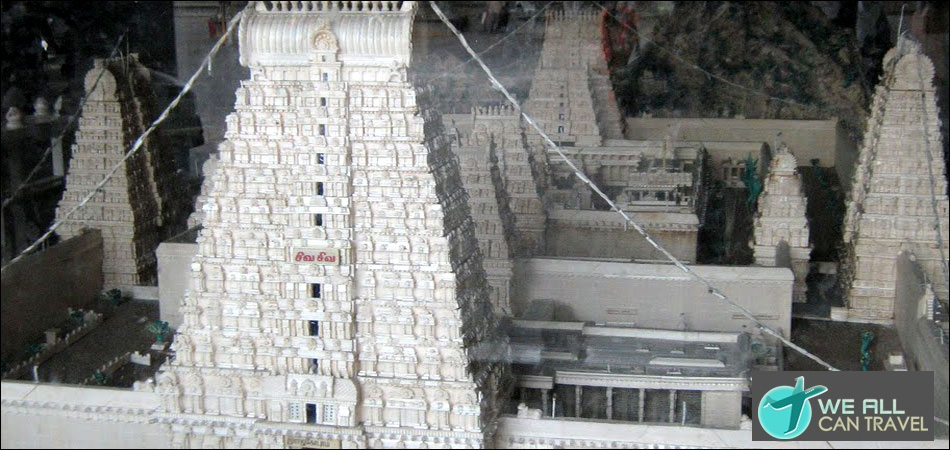History Of Karpaka Vinayakar Temple
The history of the Karpaka Vinayakar Temple in Pillayarpatti can be classified into three broad stages of growth stretching back to over 1600 years ago. The first period involved the creation of the innermost rock cut structures housing the primary image of Karpaka Vinayakar and also that of Tiruveesar. The distinctiveness of the image of Vinayakar at Pillayarpatti as well as the characters used in temple inscriptions helps corroborate the date of the original construction of the temple at around the 4th century AD. The pillars within the innermost shrine are also from this period.
The Pillayarpatti temple went through a second phase of growth when the Pillayarpatti Nagarathar community took over management of the shrine. Several inscriptions within the Karpaka Vinayakar Temple dating back to the period between 1091 and 1238 AD attest to this period of development which involved the building of the rajagopurams and vimanam. The third stage of growth is the more recent renovations and refurbishments of the temple complex, including enlargements of the temple tank and the two rajagopurams that provide a majestic approach to the Pillayarpatti temple. Managed to this day by the capable hands of Karpaga Vinayagar Nagarathar Trust, the temple enjoyed the patronage of local rulers throughout its history, including that of the Pandya kingdom of Tamil Nadu. The Karpaka Vinayakar Temple is today recognized as one of the best managed Hindu temples in India, known for its cleanliness and general upkeep.
 >> Agasteeshwara Temple
>> Agasteeshwara Temple >> Anantha Padmanabhaswami Temple
>> Anantha Padmanabhaswami Temple >> Ananthasana Temple
>> Ananthasana Temple >> Annapoorneshwari Temple
>> Annapoorneshwari Temple >> Arunachaleshwar Temple
>> Arunachaleshwar Temple